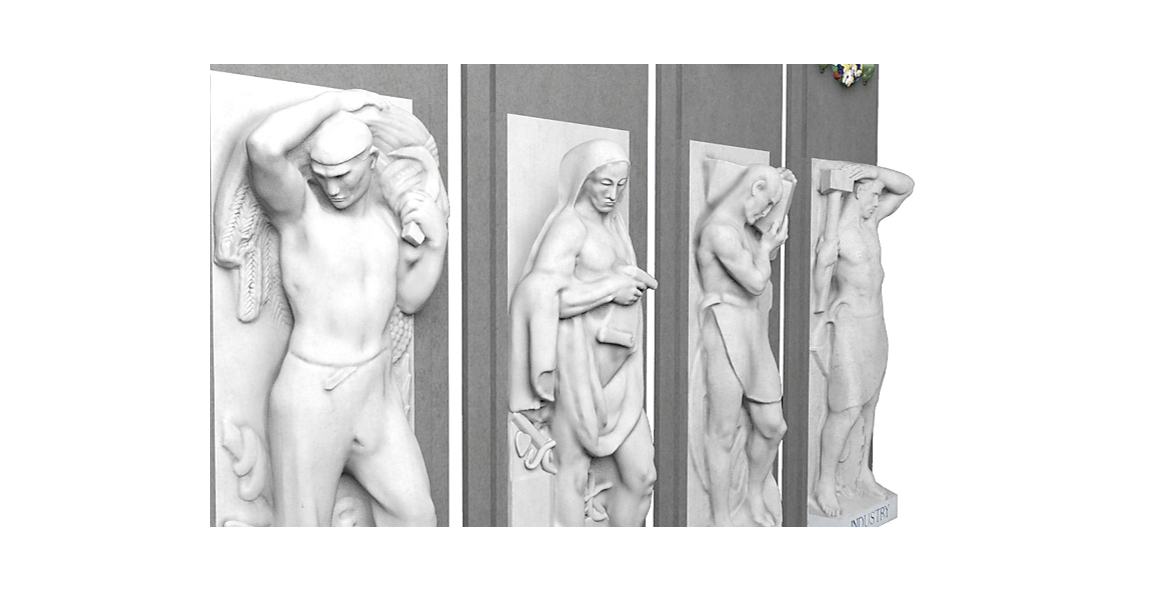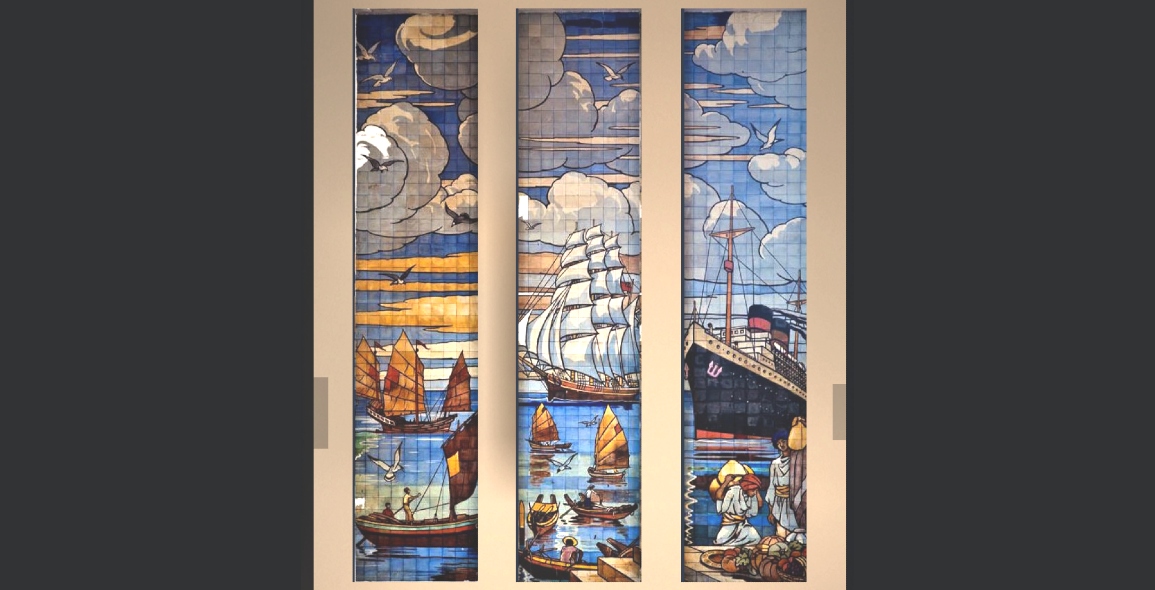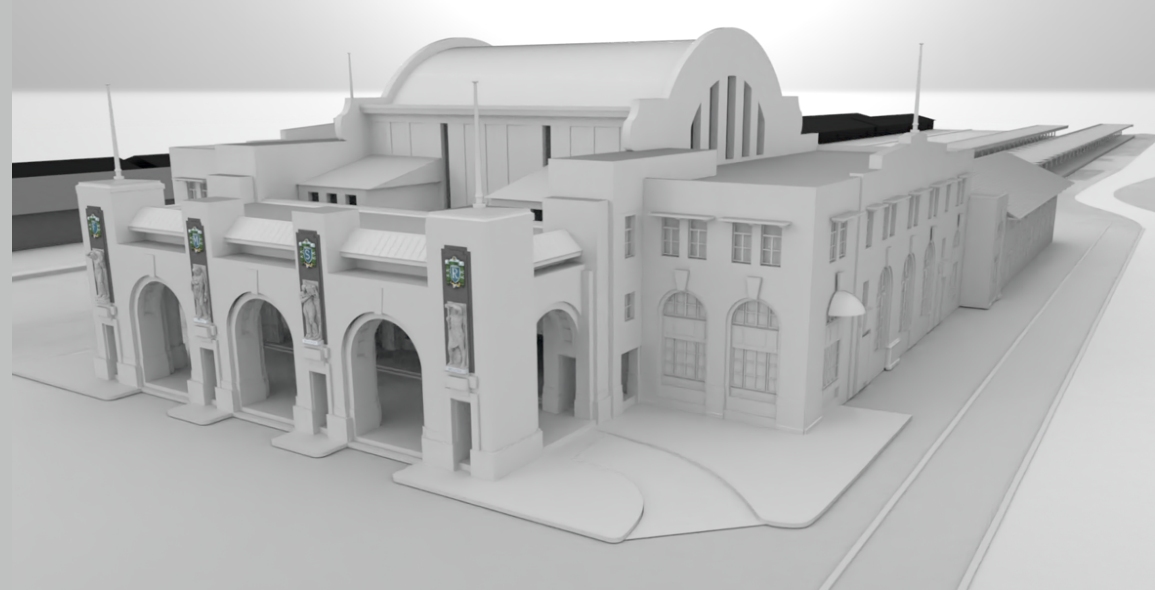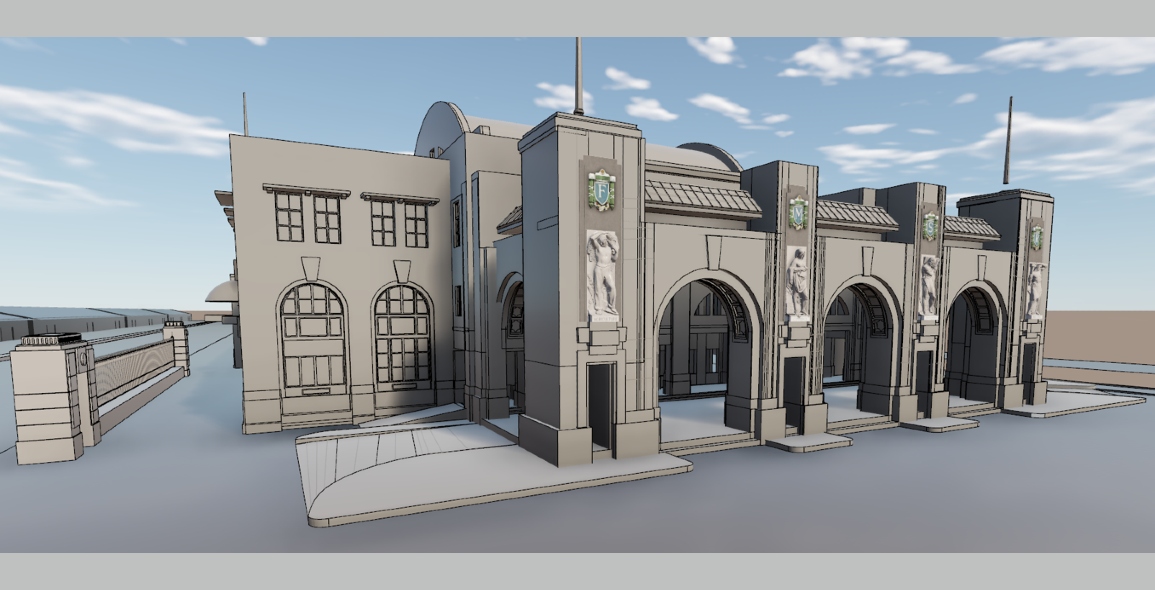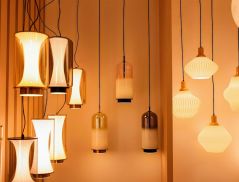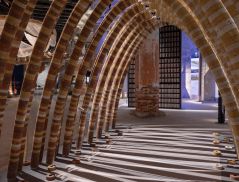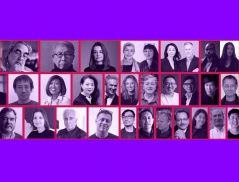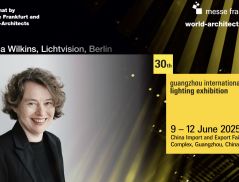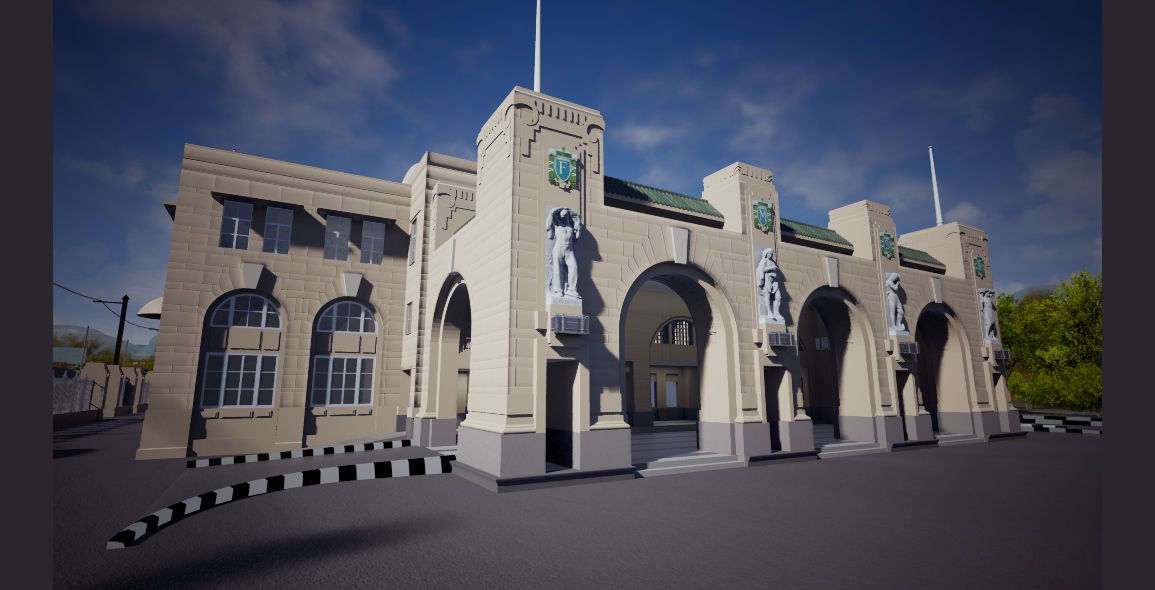
Virtual reality (VR) and digital twins have been making architecture and interior design headlines recently.
While it is typically used to visualise the future, VR was recently incorporated in a retrospective exhibition.
On from now till 2 January 2022 at the National Museum of Singapore, it is titled PSM50: Celebrating the Golden Jubilee of Singapore’s Preservation Journey.
Among the exhibits is the Former Tanjong Pagar Railway Station and queues have been forming to experience it virtually.
We catch up with Josephine Ong, Managing Director, Asia Pacific South and John Paul, Creative Design Manager, 3DEXCITE Studio of Dassault Systèmes, which was one of four organisations that helped make this possible.
Tell us about the Dassault Systèmes VR experience that is part of the exhibition.
Ong: The VR Experience of the Tanjong Pagar Railway Station was a multi-party collaboration among four organisations – Singapore University of Technology and Design (SUTD), Singapore Land Authority (SLA), the National Heritage Board (NHB), and Dassault Systèmes – to preserve heritage and history. The objective was the creation of a virtual and immersive experience of the Tanjong Pagar Railway Station. The experience was created for the NHB and was part of an exhibition celebrating 50 years of preserving Singapore’s built heritage by the statutory board.
What is the 3DEXPERIENCE Platform and what's your competitive advantage?
Ong: Dassault Systèmes is a purpose driven company, to provide businesses and people with 3DEXPERIENCE universes to imagine sustainable innovations capable of harmonising product, nature and life. The 3DEXPERIENCE platform is a collaborative environment that empowers businesses and people to innovate in entirely new ways and create products and services using virtual experiences. It provides a real-time view of business activity and ecosystem, connecting people, ideas, and data. Within the 3DEXPERIENCE virtual universes, we can model, simulate and evaluate impacts before creating any experience in the real world.
The virtual reality experience of the Tanjong Pagar Railway Station is essentially a virtual twin of the Tanjong Pagar Railway Station. The 3D simulation technology used in the Tanjong Pagar Railway Station Virtual Reality Experience is just the tip of the technology iceberg – the same technology can be used to visualise and simulate the world we live in today. Virtual twins can also be used to build a solid foundation for city planning. We firmly believe that the virtual world extends and improves the real world. Leveraging virtual twin experiences will enable urban planners to test and commercialise new ideas in a controlled setting, and ultimately, build the cities of tomorrow.
For instance, in urban planning, the technology can play a major role to support infrastructure development through design, simulation and predictive analysis and help urban planners build smart cities. This could include the construction of roads, bridges, tunnels, airports, railways and dams for smoother mobility to leverage solar energy and waste management for a more sustainable living. Another area is in developing new public transportation systems. It has the ability to overlay traffic streams and visualise movement flows that will enable clear routes planning as well as allow planners to see how the new traffic flows would impact citizens’ lives. Another possibility is to re-think current modes of transport and develop entirely new modes such as fully autonomous and connected vehicles across multiple industry segments.
Provide a summary of the technical process to achieve the VR experience for the Tanjong Pagar Railway Station.
Paul: The SLA provided the initial point cloud dataset of the heritage building, which formed the basis of the model. The data however was not dense enough and needed to be further supplemented and validated with 2D technical architectural drawings of the building. All this data was imported onto the Dassault Systèmes 3DEXPERIENCE Platform.
Data was further optimised using our CATIA, powered by the 3DEXPERIENCE Platform to render a realistic 3D virtual model of the building. The rendered images and experience were further refined by the Dassault Systèmes 3DEXCITE applications. This included:
- Model Optimisation for VR: Preparing 3D models for VR is a crucial step in the production of a successful project. Many aspects depend on these 3D models, including the smoothness of execution on VR devices, the graphical quality and finally the user experience. This starts by modelling the project efficiently in 3D modelling software – this means keeping the count of polygons as low as possible. Thus preparing a 3D model for VR requires a certain degree of optimisation to achieve 90 FPS on VR Devices (HTC Vive).
- Staging the model, Texturing, Material, and Lighting: This process includes creating Materials, Textures, Lighting and Baking of Shadows. This means including detailed texture mapping from high resolution images to make sculptures, murals and other features in the building near life-like.


- Environment creation: Once we knew the look and feel of the building, the set and environment were created for the VR Experience. These generally include polygon models and HDRI environments for the VR experience.
- UI & UX: The Dassault Systèmes team created the user interface (UI) design – the aesthetic elements, such as buttons, icons, menu bars, typography, colours, and more – within the experience. This also included short information bubbles as users “walked” past iconic features within the building. The team also created the user experience (UX) design within the experience and streamlined how they interacted within the VR.
- Experience Creation: Based on the script, storyboard and brainstorming, the staging team decided upon the look of the architecture, pertaining to walk around and Level Design. This is made with visual aid and explained to everyone, following which the final VR experience is created.
- Testing Validation and Deployment: The experience was also tested and validated on VR Device (HTC Vice) to ensure the stand-alone experience flowed smoothly.
A look at the journey from September 2020 to May 2021 and how details on the building were gradually filled in throughout the project:


What were the challenges and how were they overcome?
Paul: One of the main technical challenges in building the VR experience was that the point cloud data on the heritage building was not dense enough and we needed further validation of the data with 2D architectural and technical drawings. The blueprints, photos and drawings were from a different technological era. As a result, the 3DEXCITE team had difficulty in finding high-resolution images of the murals in order to re-create near-life like images in the VR experience. Based on these images, the team also needed to do very fine mesh refinement and texture mapping, which can be very time-consuming, in order to re-create the detail on sculptures and murals in the building.
How has the response been from visitors of the exhibition?
Ong: The VR experience itself is part of the special exhibition and is at the heart of the National Museum of Singapore. As a result, the foot traffic from people and school children on holiday has been immense. There is often a line of school children waiting to try the experience for themselves. Dignitaries and company executives have also experienced the VR for themselves and have been surprised at its smoothness and detailed-oriented nature. Many appreciated the nuggets of information provided throughout that added to their knowledge of the heritage building. They were also impressed at how technology that is used to visualise the future is being used to preserve heritage and visualise the past in this manner.
How can architects and interior designers leverage the 3DEXPERIENCE Platform in their work/projects?
Ong: Many architects and construction companies leverage Dassault Systèmes’ 3DEXPERIENCE platform for closer collaboration between the architect and builder and eliminating waste and inefficiencies in the process from design to construction. International, award-winning architects from Zaha Hadid Architects have used the 3DEXPERIENCE platform to design many iconic bridges and buildings around the world – from the Danjiang Bridge in Taiwan, to the Beijing National Stadium. These types of design projects are extremely complex, involving a multitude of designers, contractors, engineers, planners, clients, project managers, fabricators and many other stakeholders, who need access to a single source of digital truth in order to collaborate effectively, from design to delivery. The 3DEXPERIENCE platform is exactly that throughout the project, not only improving collaboration, but also minimising error and reducing risk by accurately assessing costs and complexity while adding control.
Kengo Kuma, a world-renowned Japanese architect, also uses the 3DEXPERIENCE platform on the cloud and its Design For Fabrication industry solution experience to accurately manage a wide variety of parameters – from largescale composite models to detailed drawing models – during an architectural project’s development in real time across multiple disciplines.
Recent design projects include a collaboration with renowned architect Arthur Mamou-Mani, who virtually designed Aurora, a sustainable installation, using Dassault Systèmes’ 3DEXPERIENCE platform on the cloud. Experience the installation for yourself here. Interior designers often use HomeByMe, an online interior design application that allows them to visualise their ideas in 3D. The application creates floor plans in 2D and furnishes homes in 3D, while expressing the clients’ decoration style.
How can your systems support the sustainability agenda?
Ong: Sustainability is at the heart of Dassault Systèmes’ Corporate Purpose to provide business and people with 3DEXPERIENCE universes to imagine sustainable innovations capable of harmonising product, nature and life. This is how we define sustainable innovation. Virtual twins are part of the solution. Virtual twin technology is key to helping various industries design new sustainable products and solutions for the transition to a green economy. Virtual twins allow for simulations that remove the need for physical prototypes, improve product life cycle management and reduce waste. In a whitepaper co-authored by Accenture and Dassault Systèmes, we found that virtual twins provide an untapped opportunity to help companies unlock combined benefits of $1.3 trillion of economic value and 7.5 Gt CO2e emissions reductions by 2030.


 Share
Share
